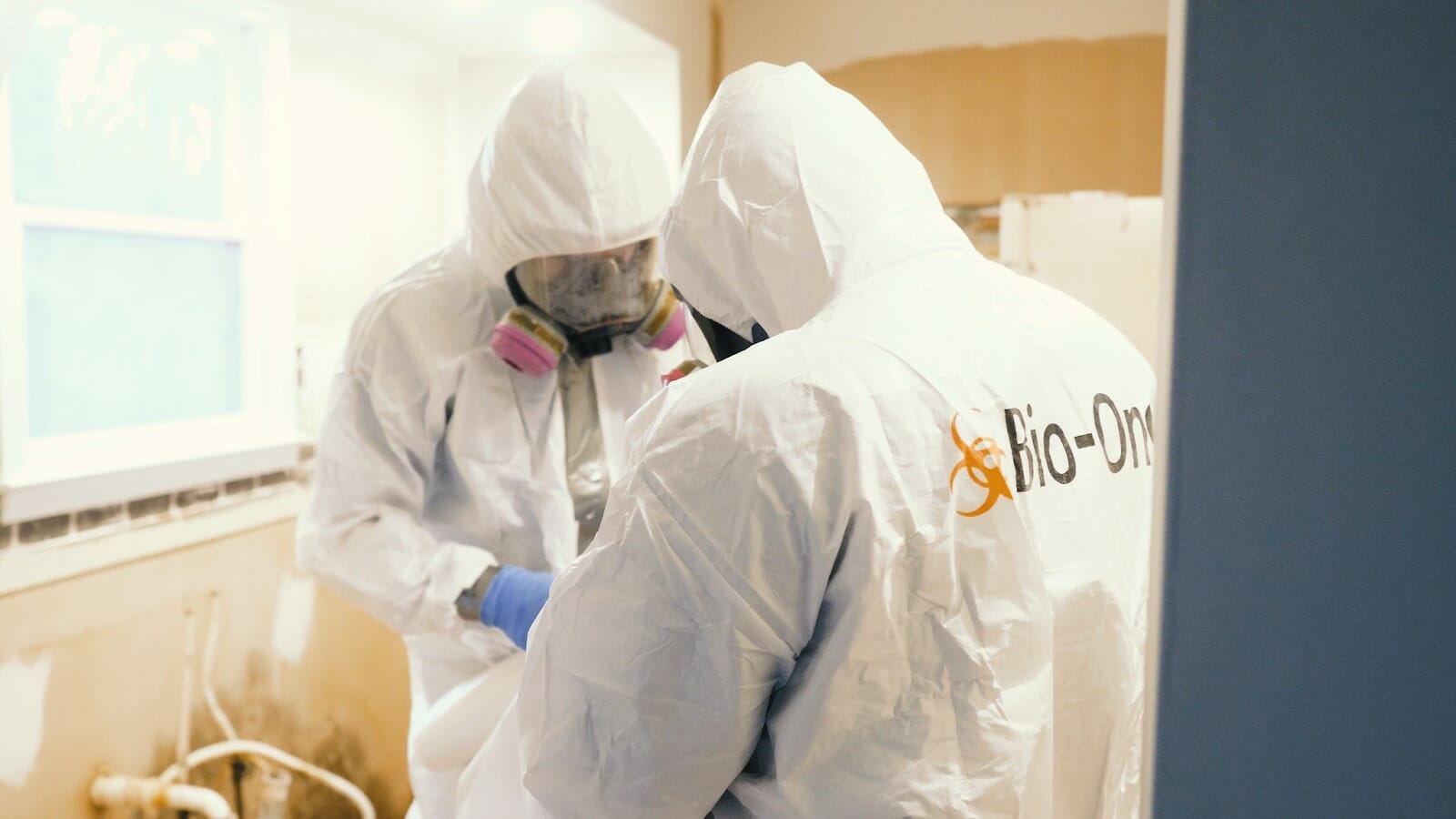
The path to addressing Hoarding Disorder is as difficult as the clutter that characterizes it. In every inch of piled possessions lies a story, an emotion, and a potential barrier to recovery. Interwoven with the challenge of hoarding is the question of how best to intervene — with forceful cleanouts or gentle encouragement, in the spirit of a quick fix or a long-term solution. Let's answer the question most family members ask: Do hoarding interventions work?
Remember that Bio-One of Chula Vista can walk you through the process of recovering from hoarding with our discreet and professional cleanup services.
Disclaimer: Please note that the information provided hereby Bio-One of Chula Vista is intended for general guidance and to raise awareness around the issue of hoarding. We are not mental health professionals, and this content should not be taken as medical or psychological advice. We aim to underscore the significance of handling hoarding interventions with utmost care and compassion, recognizing the complex emotional and mental health aspects involved. For professional mental health support, we strongly recommend consulting with licensed therapists or psychologists who specialize in hoarding disorders.
Hoarding Interventions: What Are They?
There's no one-size-fits-all approach when it comes to hoarding interventions. They encompass a range of strategies from therapeutic techniques to more structured organization efforts. The primary goals of interventions include improving living conditions for safety, reducing distress for the hoarder, and fostering long-term behavior change by addressing the underlying causes of hoarding.

Goals and Objectives
Each intervention is designed to meet the hoarder where they're at and help them move from a state of distress to one of proactivity. This might involve creating a clutter-free zone within the home, initiating cognitive-behavioral therapy sessions, or engaging in constructive conversation to shift the hoarder's perspective on their possessions.
Do Hoarding Interventions Work?
Findings suggest that collaborative and respectful approaches yield more favorable outcomes than coercive interventions. Success rates are often measured by the degree of clutter reduction and the hoarder's sustained involvement in aftercare, which can include continued therapy and support groups.
While some individuals experience significant improvements, others might not see change at all, underscoring the reality of treating hoarding.

Long-Term Results
It's important to note that maintaining the results of an intervention can be challenging. Without ongoing support and a multi-dimensional treatment plan, hoarders may revert to their previous behavior, emphasizing the need for comprehensive and sustained support systems.
Critiques and Limitations of Hoarding Interventions
While interventions can have positive effects, they are not without their critiques and limitations. Ethical considerations arise when interventions involve the disposal of items without the hoarder's consent, as this may perpetuate the trauma and distress that led to hoarding in the first place.
Ethical Concerns
The shift from traditional 'cleanout' approaches to more sensitive methods reflects an evolving understanding of the disorder and a commitment to ethical treatment.

Relapse and Harms
Relapse rates are significant, highlighting the need for a more discerning and individualized approach to hoarding interventions. Treatment can also pose pressure risks, which may result in psychological distress or unwillingness to seek help in the future.
The Role of Support Systems
Families and communities play a crucial part in the success of hoarding interventions. A supportive environment, free from judgment and full of understanding, can encourage a hoarder's engagement with treatment modalities.
Family and Community Support
Close relations and supportive networks play a crucial role in the intervention process. Support systems are instrumental in sustaining the changes initiated by the intervention and fostering an environment that is conducive to recovery.
If you wish to learn more about how you can participate in a hoarding intervention but not make your loved one feel like a burden, there are resources and support groups available. Check the International OCD Foundation to learn more about hoarding interventions and helping people who hoard.
At Bio-One of Chula Vista, We Offer a Comprehensive Approach
We need to move beyond asking if hoarding interventions are a solution or a Band-Aid. Instead, we must focus on integrating therapeutic, social, and organizational interventions into personalized and comprehensive treatment plans that honor the uniqueness of each hoarder's experience.

So, finally: Do hoarding interventions work? Yes, hoarding interventions are an important step in the journey toward recovery. However, they are just one element in the complex puzzle of addressing hoarding. At Bio-One of Chula Vista, we offer a comprehensive approach that combines resources, cleaning and disinfection services, and ongoing support. Call us today to learn more and schedule a free consultation with our team.


